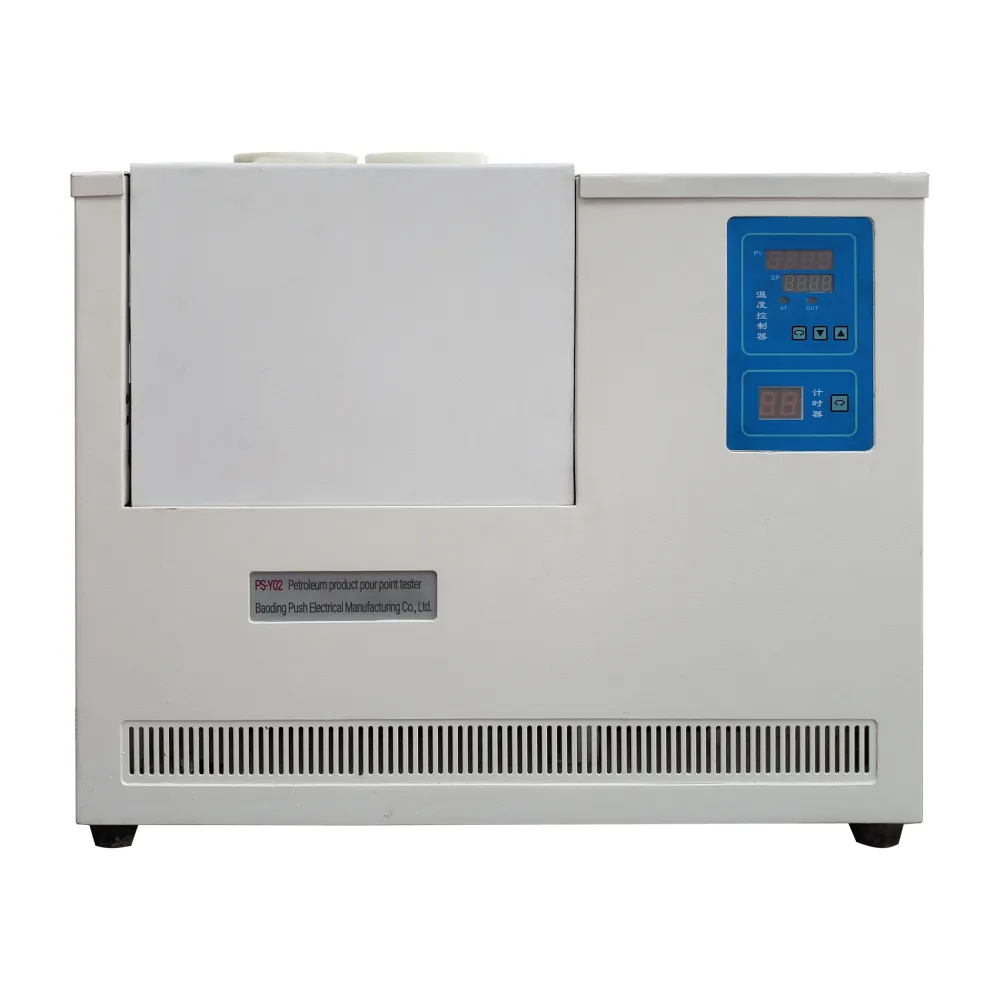 English
English



-
 Afrikaans
Afrikaans -
 Albanian
Albanian -
 Amharic
Amharic -
 Arabic
Arabic -
 Armenian
Armenian -
 Azerbaijani
Azerbaijani -
 Basque
Basque -
 Belarusian
Belarusian -
 Bengali
Bengali -
 Bosnian
Bosnian -
 Bulgarian
Bulgarian -
 Catalan
Catalan -
 Cebuano
Cebuano -
 China
China -
 China (Taiwan)
China (Taiwan) -
 Corsican
Corsican -
 Croatian
Croatian -
 Czech
Czech -
 Danish
Danish -
 Dutch
Dutch -
 English
English -
 Esperanto
Esperanto -
 Estonian
Estonian -
 Finnish
Finnish -
 French
French -
 Frisian
Frisian -
 Galician
Galician -
 Georgian
Georgian -
 German
German -
 Greek
Greek -
 Gujarati
Gujarati -
 Haitian Creole
Haitian Creole -
 hausa
hausa -
 hawaiian
hawaiian -
 Hebrew
Hebrew -
 Hindi
Hindi -
 Miao
Miao -
 Hungarian
Hungarian -
 Icelandic
Icelandic -
 igbo
igbo -
 Indonesian
Indonesian -
 irish
irish -
 Italian
Italian -
 Japanese
Japanese -
 Javanese
Javanese -
 Kannada
Kannada -
 kazakh
kazakh -
 Khmer
Khmer -
 Rwandese
Rwandese -
 Korean
Korean -
 Kurdish
Kurdish -
 Kyrgyz
Kyrgyz -
 Lao
Lao -
 Latin
Latin -
 Latvian
Latvian -
 Lithuanian
Lithuanian -
 Luxembourgish
Luxembourgish -
 Macedonian
Macedonian -
 Malgashi
Malgashi -
 Malay
Malay -
 Malayalam
Malayalam -
 Maltese
Maltese -
 Maori
Maori -
 Marathi
Marathi -
 Mongolian
Mongolian -
 Myanmar
Myanmar -
 Nepali
Nepali -
 Norwegian
Norwegian -
 Norwegian
Norwegian -
 Occitan
Occitan -
 Pashto
Pashto -
 Persian
Persian -
 Polish
Polish -
 Portuguese
Portuguese -
 Punjabi
Punjabi -
 Romanian
Romanian -
 Russian
Russian -
 Samoan
Samoan -
 Scottish Gaelic
Scottish Gaelic -
 Serbian
Serbian -
 Sesotho
Sesotho -
 Shona
Shona -
 Sindhi
Sindhi -
 Sinhala
Sinhala -
 Slovak
Slovak -
 Slovenian
Slovenian -
 Somali
Somali -
 Spanish
Spanish -
 Sundanese
Sundanese -
 Swahili
Swahili -
 Swedish
Swedish -
 Tagalog
Tagalog -
 Tajik
Tajik -
 Tamil
Tamil -
 Tatar
Tatar -
 Telugu
Telugu -
 Thai
Thai -
 Turkish
Turkish -
 Turkmen
Turkmen -
 Ukrainian
Ukrainian -
 Urdu
Urdu -
 Uighur
Uighur -
 Uzbek
Uzbek -
 Vietnamese
Vietnamese -
 Welsh
Welsh -
 Bantu
Bantu -
 Yiddish
Yiddish -
 Yoruba
Yoruba -
 Zulu
Zulu
Testing Insulation Resistance in Power Transformers for Enhanced Performance and Safety
Insulation Resistance Test of Power Transformers
The insulation resistance test of power transformers is a crucial procedure in ensuring the safety and reliability of electrical systems. Power transformers, essential components in the electrical power supply chain, function to step up or step down voltage levels to meet transmission and distribution requirements. Given their pivotal role, it is imperative to maintain their integrity, and the insulation resistance test is a significant part of that maintenance strategy.
Importance of Insulation Resistance Testing
The primary function of insulation in a transformer is to prevent electrical leakage and ensure that current flows through the intended paths. Over time, various factors such as moisture, temperature fluctuations, contamination, and mechanical stresses can deteriorate insulation materials, leading to a reduced resistance. Low insulation resistance can result in leakage currents that pose a risk of electrical shock, equipment failure, and even catastrophic failures, including fires and explosions. Thus, regular insulation resistance testing becomes critical to identify potential problems before they escalate.
Testing Methodology
The insulation resistance test is performed using a megohmmeter, a specialized device designed to measure high-resistance circuits. The general procedure includes the following steps
1. Preparation Before testing, ensure the transformer is de-energized and properly isolated from the electrical network. This step is vital for the safety of both personnel and equipment. All instrument connections should be inspected to ensure they're in good condition.
2. Connection The megohmmeter is connected to the terminals of the transformer. Typically, tests are performed on the primary and secondary windings and also between the windings and the earth ground.
3. Measurement The megohmmeter is activated, applying a known voltage (usually 500V, 1000V, or higher depending on the transformer class) across the insulation. The tester displays the insulation resistance value typically measured in megohms (MΩ).
insulation resistance test of power transformer

4. Duration It is common to take measurements after applying the test voltage for a period, which can range from 1 to 10 minutes, to allow the reading to stabilize.
5. Analysis The insulation resistance readings are recorded for analysis. Comparing these readings with historical data can highlight trends in insulation health over time.
Acceptable Resistance Values
The acceptable insulation resistance values depend on various factors such as the transformer voltage rating, age, and manufacturer specifications. Generally, a good insulation resistance value can be considered to be above 1 MΩ for lower voltage applications, while for high voltage transformers, values higher than 100 MΩ are often desirable. A drastic drop in resistance may indicate potential insulation failure, necessitating immediate investigation and corrective action.
Factors Influencing Test Results
Several factors can influence insulation resistance test results. Temperature, humidity, and the presence of contaminants like dust or oil can impact insulation performance. Therefore, tests should ideally be conducted under controlled conditions, and considerations should be made to compare like-for-like conditions over time. Additionally, it is essential to consider that insulation resistance can change with time; hence, conducting tests at regular intervals is recommended.
Conclusion
The insulation resistance test is a vital diagnostic tool that can help facility operators maintain the reliability and safety of power transformers. By regularly conducting these tests, potential insulation failures can be identified early, preventing unexpected outages and costly repairs. As electrical systems continue to evolve, so too does the need for stringent testing and maintenance practices. Investing in proper insulation resistance testing not only protects valuable equipment but also enhances the overall safety of the electrical infrastructure, ensuring a consistent and uninterrupted power supply.
-
Ensuring SF₆ Gas Safety: Introducing PUSH’s Integrated SF₆ Analyzer for Dew Point, Purity, and Decomposition MonitoringNewsJul.10,2025
-
Exploring the Main Types of Industrial Endoscopes and Their Applications Across IndustriesNewsJul.04,2025
-
Testing Equipment Industry Sees Major Advancements in 2025: Smart & Precision Technologies Lead the WayNewsJun.06,2025
-
Applications of Direct Current Generators in Renewable Energy SystemsNewsJun.05,2025
-
Hipot Tester Calibration and Accuracy GuidelinesNewsJun.05,2025
-
Digital Circuit Breaker Analyzer Features and BenefitsNewsJun.05,2025



